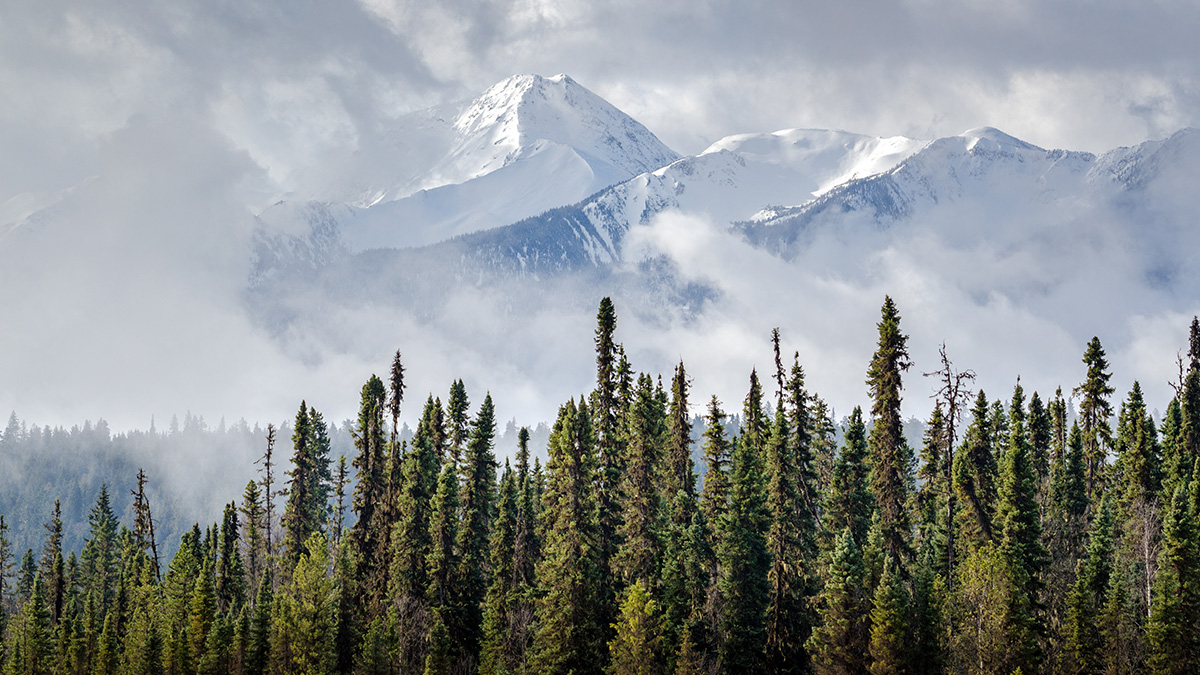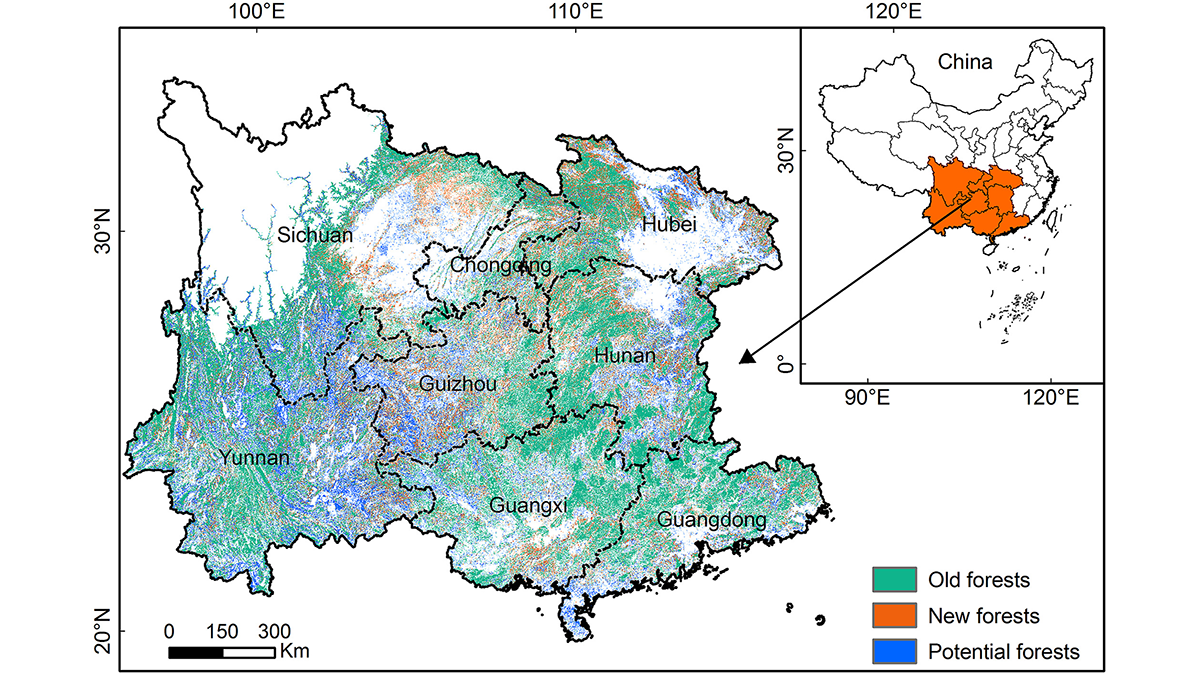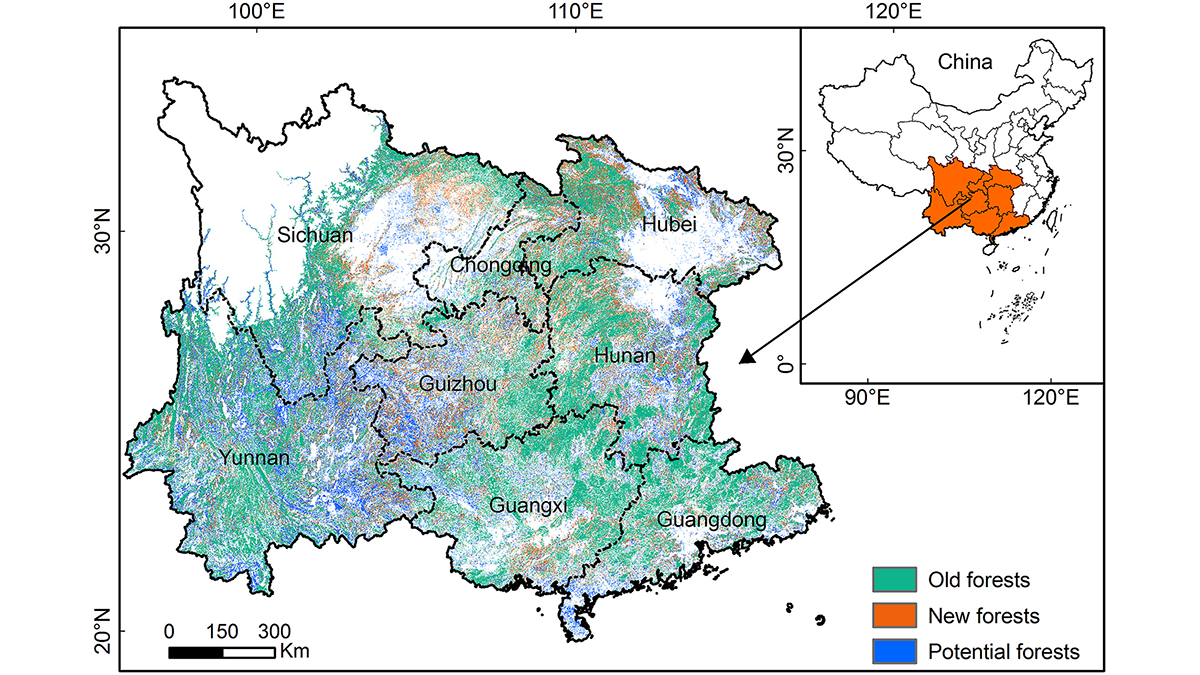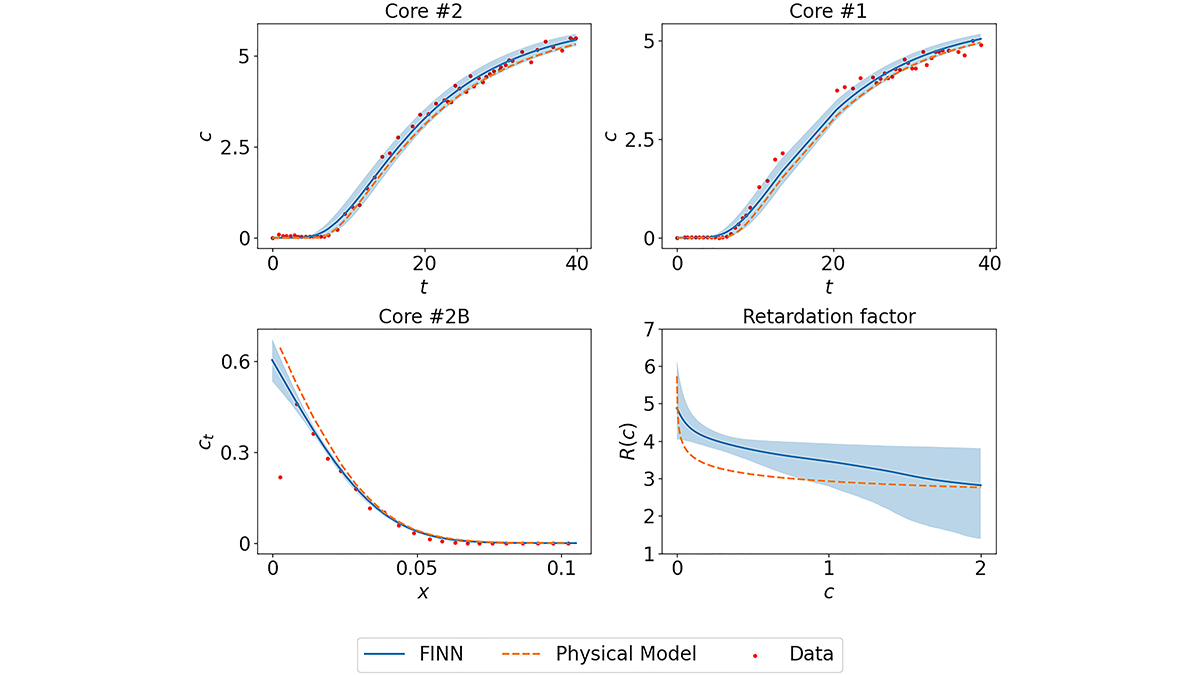The Indian government has an ambitious forestry goal. New research shows it may be out of sync with environmental and social constraints.
machine learning & AI
Machine Learning Helps Researchers Track Illegal Fishing
Using machine learning, researchers found that nearly 20% of high seas fishing could be unauthorized.
Prospecting for Copper with Machine Learning and Zircons
Using artificial intelligence, researchers can now identify zircons derived from valuable copper deposits.
Boreal Trees May Grow Faster Due to Climate Change
Enhanced tree growth could significantly offset carbon emissions, but some researchers say it’s not enough to compete with forest disturbances.
Mapping Rwanda’s Trees from Above
Researchers used both aerial and satellite imagery, as well as machine learning, to map the carbon stock of every overstory tree in Rwanda—the first such inventory in the world.
Quantifying the Potential of Forestation for Carbon Storage
Forestation projects in southern China over the past few decades have sequestered large amounts of carbon in tree biomass, but the region is approaching saturation of forest carbon storage capacity.
Playing Bricks with Neural Networks to Learn Sorption Processes
Designated neural network modules are combined to mimic numerically-discretized diffusion-sorption equations, which allows learning “missing pieces” in system understanding and their uncertainties.
Interactive Learning for Better AI-Based Subgrid-Scale Modeling
A study shows that interactive learning can significantly enhance the performance of artificial intelligence-based parameterization of small-scale processes, a critical component of climate models.
Scientists EEAGER-ly Track Beavers Across Western United States
Efficiently tracking nature’s engineers—beavers—at the scale of entire watersheds over time is now possible, thanks to a new artificial intelligence–trained model called EEAGER.










